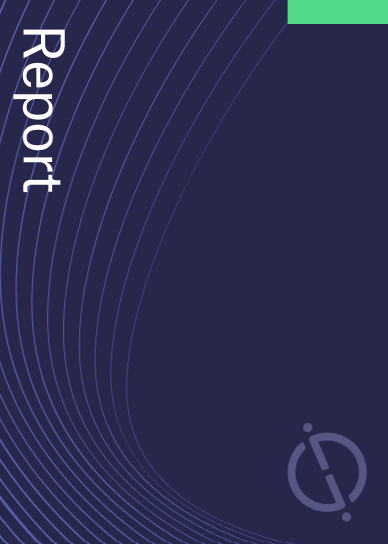Tesla has been granted a patent for systems and methods for texturing substrates such as glass and metal. The patent describes a textured substrate with specific roughness and autocorrelation properties. The patent also includes a claim for a textured substrate with different Hurst exponents in different areas, each area being at least 4 square millimeters in size. GlobalData’s report on Tesla gives a 360-degree view of the company including its patenting strategy. Buy the report here.

Discover B2B Marketing That Performs
Combine business intelligence and editorial excellence to reach engaged professionals across 36 leading media platforms.
According to GlobalData’s company profile on Tesla, battery management systems was a key innovation area identified from patents. Tesla's grant share as of September 2023 was 51%. Grant share is based on the ratio of number of grants to total number of patents.
Texturing substrates with varying hurst exponents in different areas
A recently granted patent (Publication Number: US11773000B2) describes a textured substrate with distinct areas that have different surface properties. The first claim states that the substrate consists of a first area and a second area, with the Hurst exponent (a measure of surface roughness) of the first area differing from the Hurst exponent of the second area by at least 20 percent. Both areas must be at least 4 square millimeters in size.
The patent further specifies that the textured substrate can be made of either textured glass or textured metal. In the case of textured metal, the texture is formed using 3-D printing technology. This suggests that the invention can be applied to a wide range of materials.
Claim 5 introduces the concept of a first surface with a textured portion. The root mean square roughness of this portion can range from 40 to 1000 microns, indicating a significant variation in surface roughness. Additionally, the first portion is textured to have an autocorrelation function greater than 0.5 for distances less than 50 microns. This means that the texture exhibits a high degree of self-similarity at small scales.
The patent also mentions that the texture of the first portion can be defined by a user-specified pattern, which determines the orientations or shapes of the grains that make up the texture. This allows for customization and control over the surface properties.
Claim 11 highlights the difference in root mean square depth between the first and second areas. The first area has a depth between 20 microns and 1 millimeter, while the second area has a depth that differs from the first by at least 20 percent. This indicates that the surface topography varies significantly between the two areas.
Lastly, the patent describes a method for creating the textured substrate. The method involves generating a pattern with specific roughness and autocorrelation properties and then 3-D printing this pattern onto the substrate. The use of additive laser sintering is specifically mentioned as a technique for 3-D printing the pattern.
In summary, this granted patent introduces a textured substrate with distinct areas that have different surface properties. The invention can be applied to various materials, including glass and metal, and allows for customization of the texture pattern. The method for creating the textured substrate involves generating a specific pattern and using 3-D printing technology.
To know more about GlobalData’s detailed insights on Tesla, buy the report here.
Data Insights
From

The gold standard of business intelligence.
Blending expert knowledge with cutting-edge technology, GlobalData’s unrivalled proprietary data will enable you to decode what’s happening in your market. You can make better informed decisions and gain a future-proof advantage over your competitors.




